Mash Bean is a grassy plant from the Vigna clan. It is consumed in canned and raw forms. In India, peeled grains are used, in China, mash starch is used to prepare noodles called “funchose”, and sprouts of sprouted beans are prepared in national restaurants. Golden beans reduces blood sugar, makes the vascular system more elastic and has general tonic qualities.
Content
What is mung bean and how is it better than bean and pea
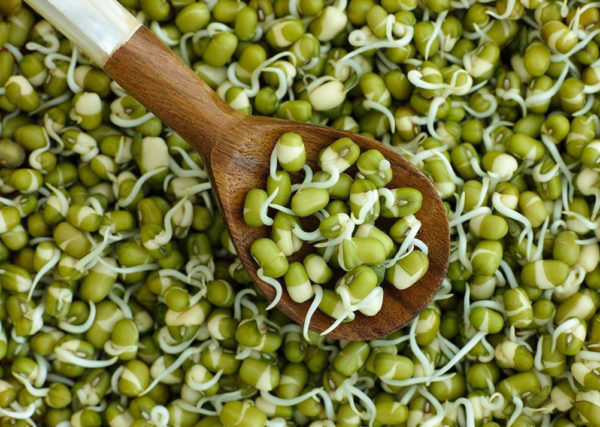
An annual plant from the legume family. It is called golden beans, although in reality the fruits are green. Mung bean or mung bean is the oldest bean crop. Homeland - India, Pakistan, Bangladesh.
Currently, fame for mung bean has reached all parts of the world. But most of all she is valued and loved in the Asian world. In Russia and the European part of the post-Soviet space, culture is less known to the population.
Beans resemble peas, and taste like beans. The difference is a nutty note in the taste.
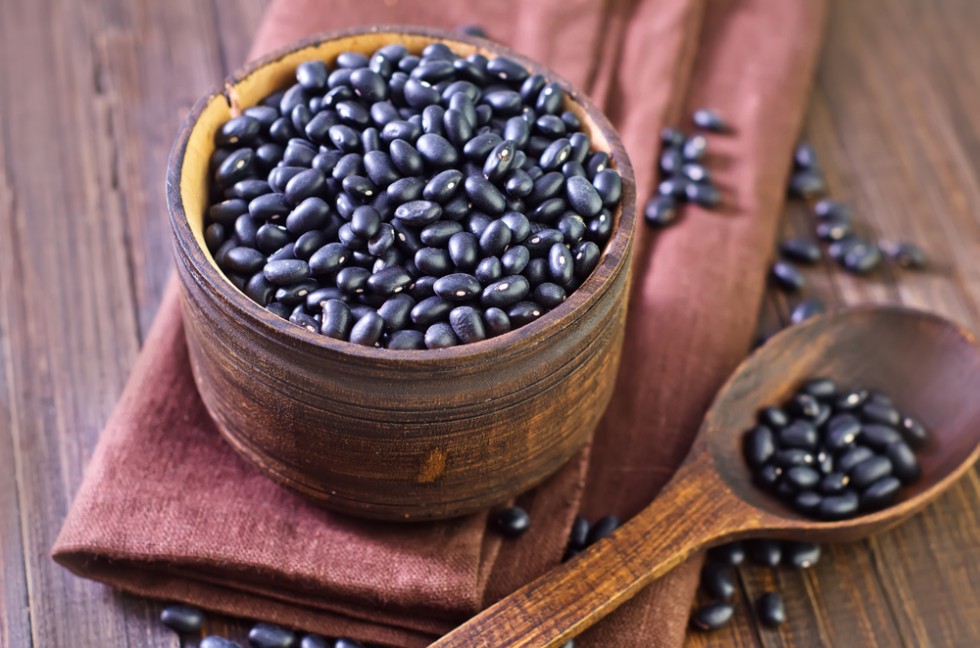 You may be interested in:
You may be interested in:Advantages of Masha:
- short duration of preparation and preparation - without preliminary soaking, the time of steaming is 40 minutes;
- the possibility of consumption by children - does not cause bloating;
- the presence of easily digestible nutrients.
How to choose the right
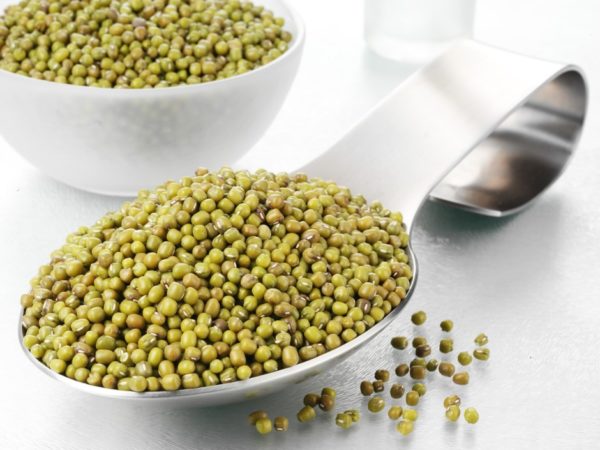
Deciding to grow mung bean in the garden, you need to stock up on planting material. You can buy it in a supermarket, where mung bean is sold for consumption.
Basic Rules:
- Inspect the packaging - the packing material must be transparent so that small beans are clearly visible.
- Assess the appearance and condition of the contents - small, slightly elongated fruits should have a whole, glossy green skin.
- They look at the manufacturer Masha - the best are Uzbekistan, Tajikistan, India, Australia.
Beans retain their germination for 2 years after harvest. For growing, preference should be given to smaller grains, as in the photo: they germinate faster.
Beneficial features
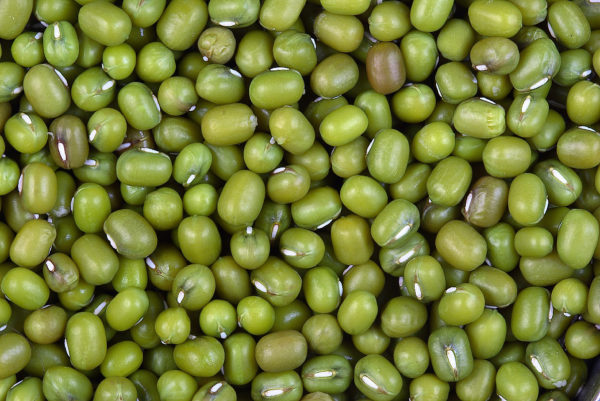
The plant has earned such great popularity in Asia for a reason. The benefits of beans are significant, and there is no harm from their use.
The healing qualities of Masha:
- improves the functions of the digestive tract, contributing to the rapid digestion;
- helps to eliminate toxins, having a diuretic effect;
- strengthens the bone and immune system;
- acts as a prophylactic for arthritis;
- lowers blood sugar;
- makes the vascular system more elastic.
Composition and calorie content
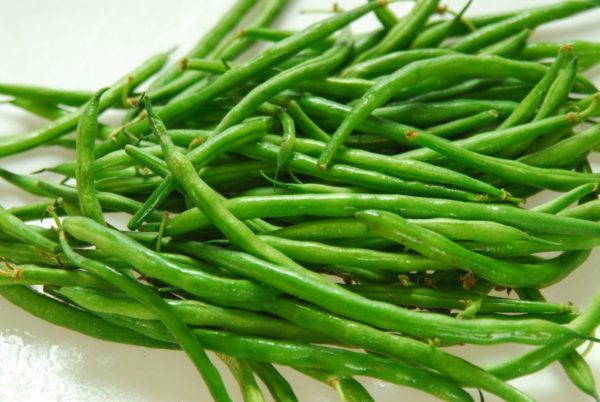
Masha has a complicated composition. 100 g of product contains the following substances:
- protein - 23%;
- carbohydrates - 44%;
- fats - 2%;
- calcium, magnesium, sodium, selenium, iron, copper, phosphorus, potassium;
- B vitamins
Beans contain "slow" carbohydrates. Dishes from them satisfy hunger for a long time. Nutrition value in 100 grams of mash - 347 kcal.
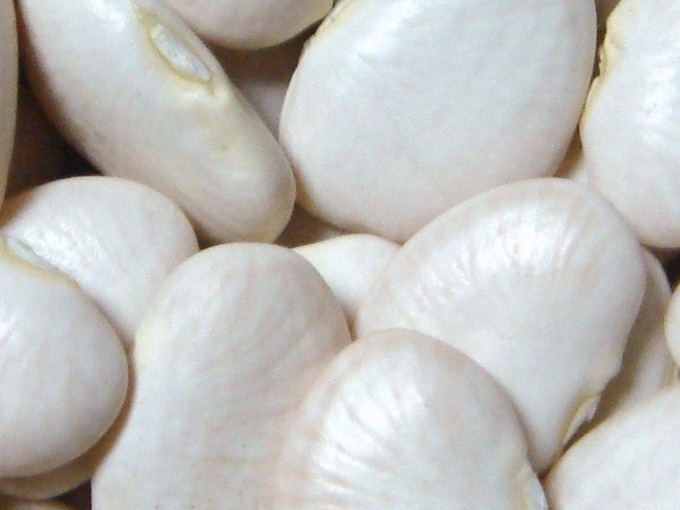 You may be interested in:
You may be interested in:Cultivation, care, storage
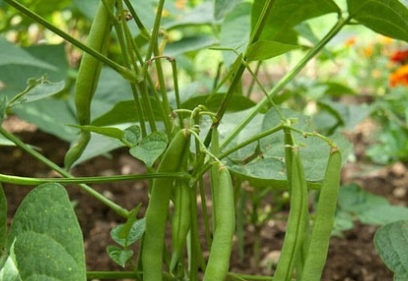
Since mung bean is a heat-loving crop with a long growing season, in all areas except the south, it is grown in seedlings. Plants develop well at hot temperatures - around + 30 ... + 35 ° C. For colder areas, it is better to choose cold-resistant varieties. Planting seedlings in open ground is carried out when it is heated to 15 ° C. The temperature is measured at a depth of 10 cm.
A place for culture is allocated in a sunny area, which is well blown by the wind. The soil should have a loose structure, a good fertile layer and a neutral reaction. These indicators can be achieved with the preliminary preparation of the site. Lime is added to acidic soils, peat to alkaline soils. The latter also loosens the soil perfectly. Under digging, organic and mineral complexes are added, taking into account acidity. The choice of the most suitable type of top dressing will depend on this indicator.
In arid areas, beans require watering. After it, loosening and weeding is carried out. On average, the plant grows to 1.5 m in height, installing a support is not superfluous. If the seedlings were planted in fertile soil, the culture does not need additional nutrition.
How to sprout mash
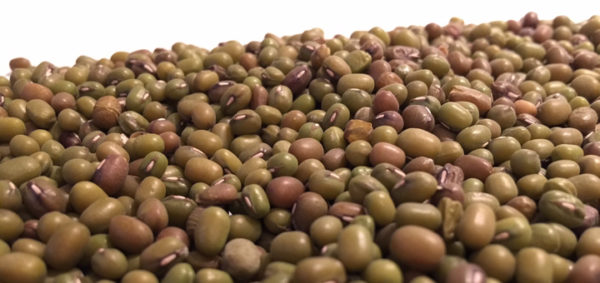
Buying ready-made bean sprouts is easier. But not in every store they are on sale.
Self-germination scheme:
- Beans of the same shape and size are selected, and then washed with cold water.
- Fold the fruits in a colander to remove all the liquid.
- Wet gauze folded in several layers is spread on the table.
- Beans are spread over it and covered with the same material.
- Constantly keep the gauze moist.
After 2-3 days, the mung bean sprouts.
Storage methods
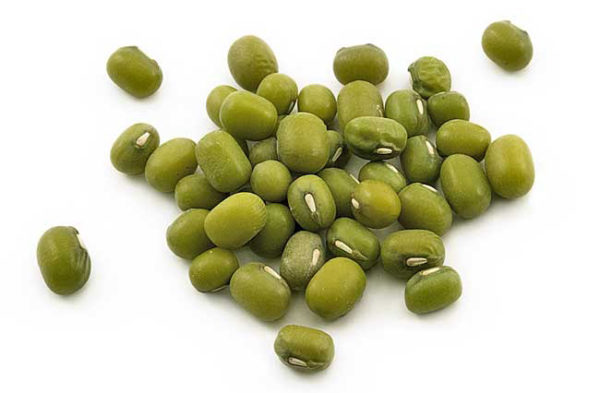
Golden bean ripening is unfriendly. Harvesting is carried out in several stages. Torn dry pods are laid out in the shade for ventilation, and then the leaves are removed. Beans are sent to cloth bags. To protect against beetles, a garlic clove or a bay leaf can be lowered into each bag.
When the growing season comes to an end, all green pods are collected from the plants. If the beans are not poured, then they are divided in half and frozen. Slightly unripe grains are threshed and sent to the freezer.
Use in cosmetology and cooking
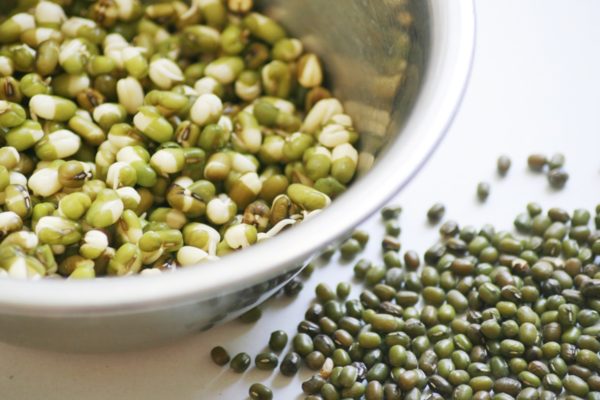
Useful aseptic properties of mung bean have been used in cosmetology. For problem skin prone to acne, beauty experts offer bean masks. Sashes and dried parts of the plant are also used. The former are used for the manufacture of lotions, the latter in the ground state is used for scrubs.
Mash - a product for cooking treats of Asian national cuisine. From it prepare the first, second courses and a variety of snacks. Recipes, previously known only in the Asian world, began to be performed by European chefs. In Russia, manga bean dishes are prepared during fasting.
A selection of interesting recipes
Many bean mash dishes are easy to perform and nutritious. Their nutritional value is high, due to the high content of vitamins and minerals.
Minced soup
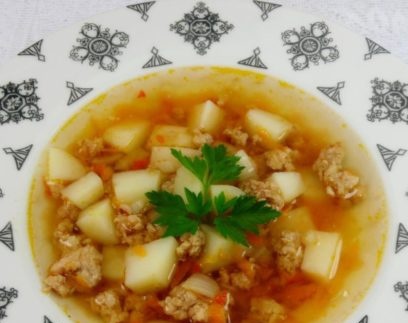
A hearty first course for a family dinner.
Structure:
- onion and carrot - 1 pc.;
- mash - 300 g;
- tomato paste - 15 g;
- ground beef - 200 g;
- water - 1.5 l;
- salt, spices and herbs are optional.
How to cook:
- Dice the vegetables and sauté them.
- Beans are pre-soaked for 45 minutes and sent to the finished roasting.
- Add tomato paste and minced meat, and then fry until the meat component is ready.
- The contents are transferred to a pan and poured with water.
- Sprinkle the necessary spices and boil until soft beans.
Mango Bean Shawl
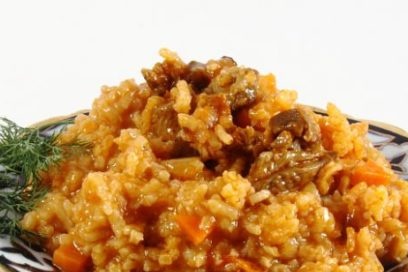
Uzbek porridge acquires a new nutty flavor when cooked with mash.
Structure:
- onions and carrots - 1 pc.;
- beans - 200 g;
- rice - as much;
- ground beef - 300 g;
- salt, spices and herbs are optional.
Prescription step by step cooking:
- Beans are soaked for 30 minutes.
- In a cauldron, vegetables shredded in a convenient way are passerized.
- Lamb is washed, dried and cut into medium sized pieces.
- Meat, cereals and beans are sent to roasting.
- The contents of the cauldron are salted and seasoned, poured with water so that it covers everything.
- Stew over low heat until cooked.
Serve in portioned plates should be sliced from tomatoes and cucumbers.
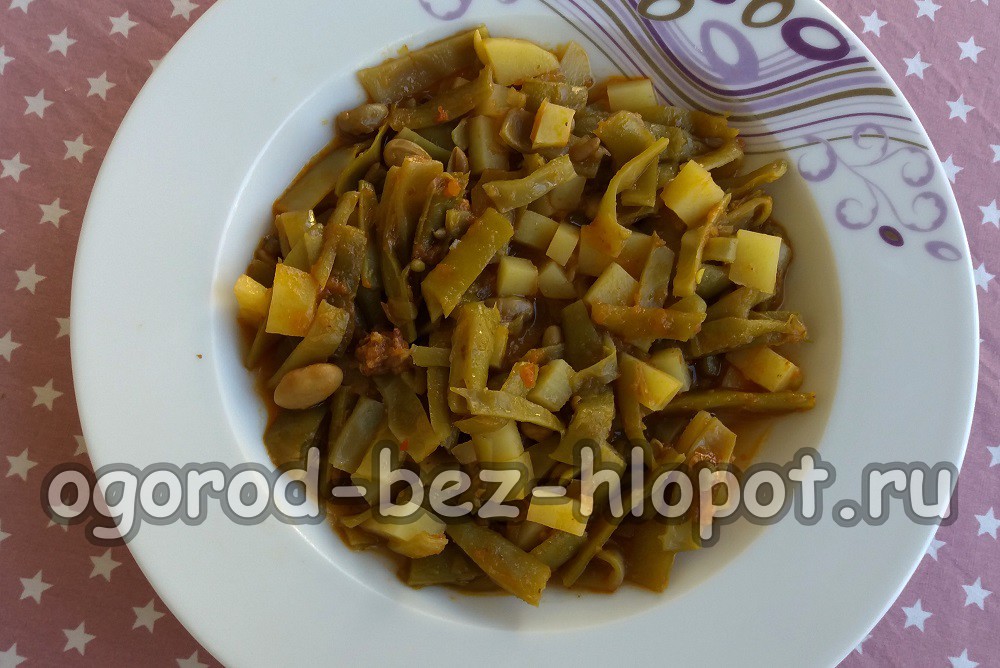 You may be interested in:
You may be interested in:For the lean menu
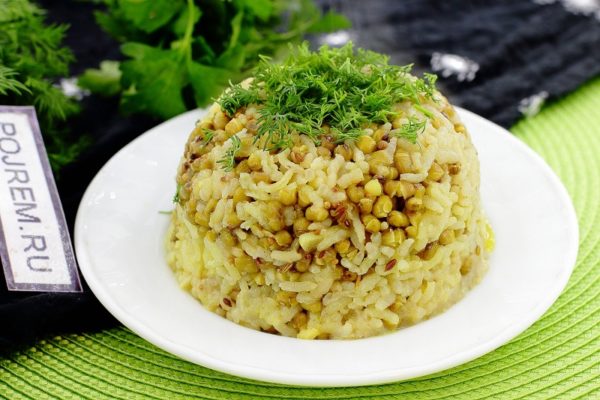
Kichari from Masha is prepared very simply, satisfies hunger for a long time.
Structure:
- onions and carrots - 1 pc.;
- sweet pepper - 2 pcs.;
- mash - 300 g;
- rice - half as much;
- garlic cloves - 2 pcs.;
- pepper, zira, coriander, salt - to taste;
- zucchini - ½ pcs.;
- sunflower oil - as needed.
Working process:
- Groats and beans are poured with water, and after half an hour, boil until tender.
- Spice fried in a pan without adding vegetable fat.
- When chopped onions and garlic cloves are laid out, pour a little oil.
- Strips of pepper, carrot straws and bars of a young zucchini are sent to aromatic roasting.
- Mash and rice are added to the vegetable mass.
- Everything is salted and laid out on plates.
The treat resembles lean pilaf, but is distinguished by a special piquancy.
Bean Cutlets
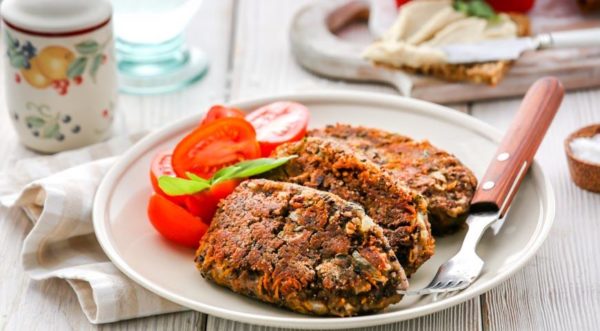
Another treat for fasting.
Structure:
- onion and carrot - 1 pc.;
- mash - 300 g;
- egg - 1 pc.;
- salt, seasonings - optional;
- breadcrumbs, sunflower oil - as needed.
How to cook:
- Vegetables chop and passer in vegetable oil.
- Mash is soaked and then boiled in salted water.
- Grill and beans are chopped using a meat grinder or blender and mixed with an egg.
- The minced meat is salted, seasoned, and then products are formed from it, which are rolled in flour.
- Cutlets are fried until cooked.
Sprout salad
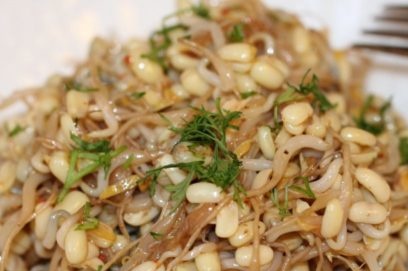
An ideal Chinese-style breakfast.
Structure:
- sprouts - 200 g;
- lettuce - 2-3 pcs.;
- lemon - ½ pcs.;
- peeled sunflower seeds - 20 g;
- olive oil - as needed.
The main steps:
- Leaves tear by hands and spread on the bottom of the dish.
- Sprouts are placed on top.
- Juice is squeezed out of citrus and sprouts sprinkled with it.
- Sunflower seeds are fried and used for sprinkling sprouts.
- Layers salt and season.
For serving, it is recommended to stock up on slices of rye bread.
Mash beans - a useful vegetable crop. If you follow simple rules, you can easily grow it in your own garden, and then pamper your loved ones with delicious and satisfying treats worthy of restaurants with Asian cuisine.

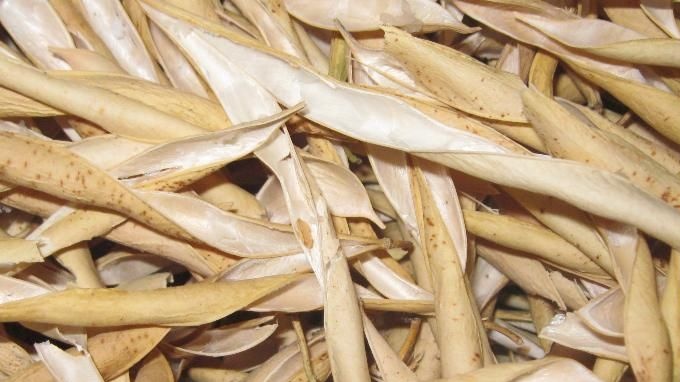 Bean flaps: useful properties, contraindications, benefits and harms
Bean flaps: useful properties, contraindications, benefits and harms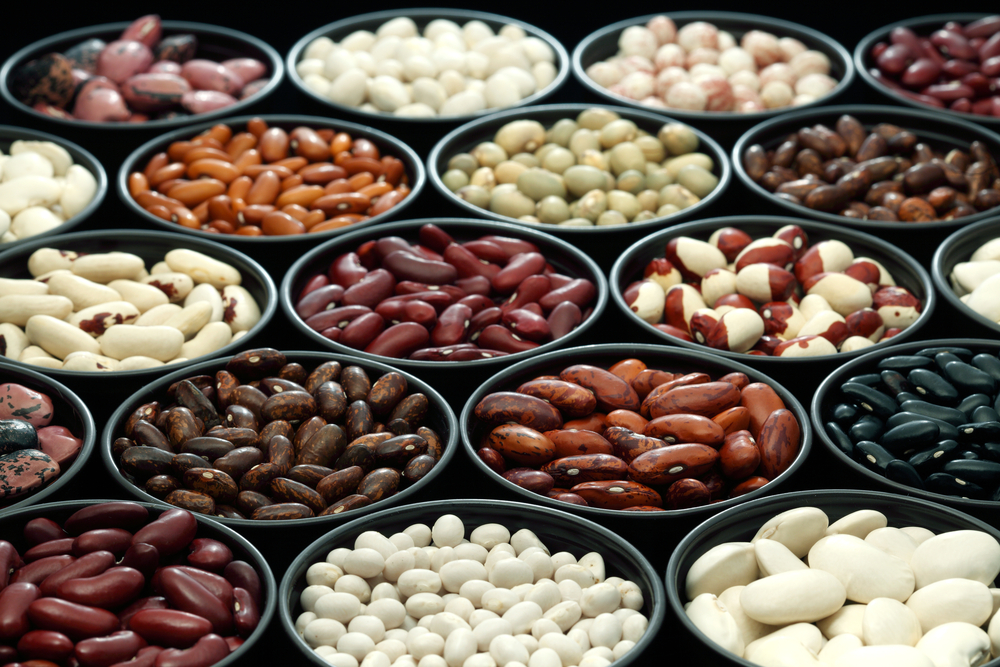 Beans for the body: composition, benefits, contraindications
Beans for the body: composition, benefits, contraindications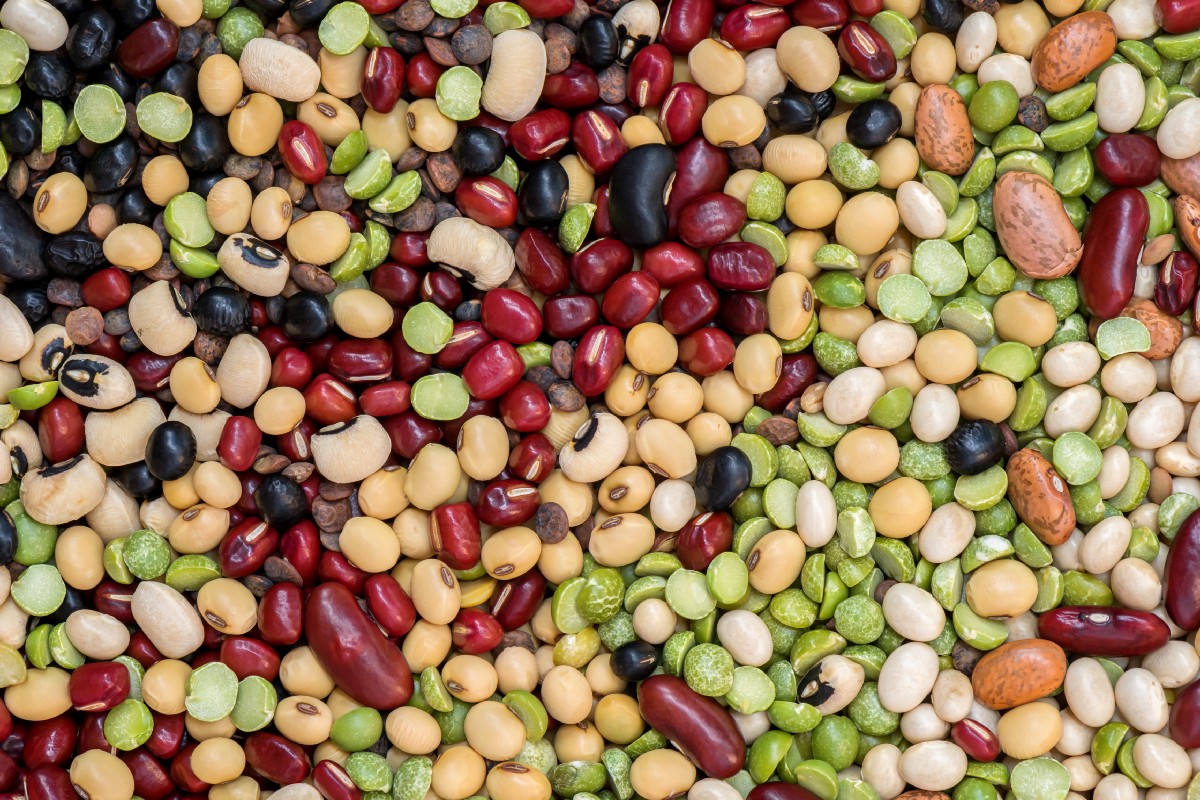 Types and varieties of beans: their name, description and photo
Types and varieties of beans: their name, description and photo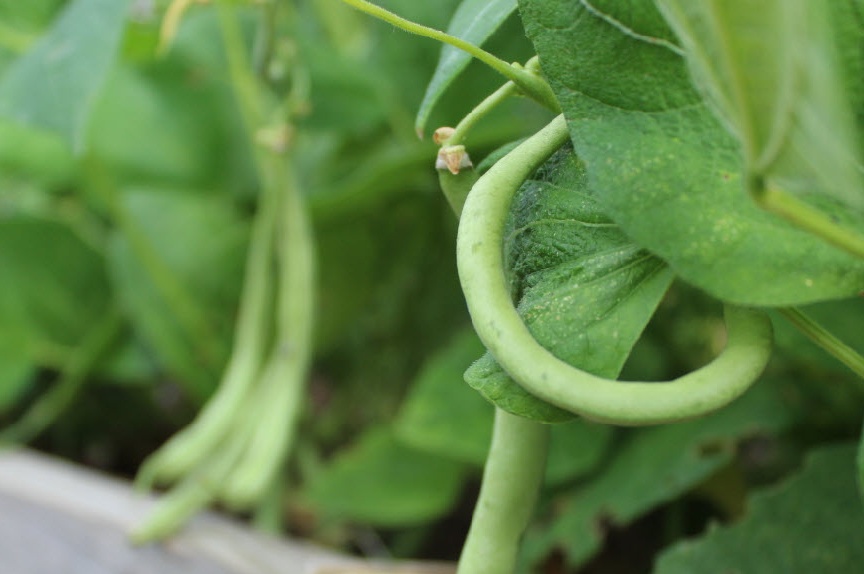 Description and photos of popular varieties of asparagus beans
Description and photos of popular varieties of asparagus beans